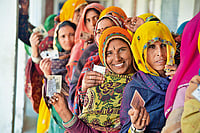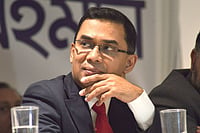YES but how did you know? The author clearly did not sneak into bedrooms around the world, stopwatch in hand. The accounts of who did it for how long are based on what people chose to say about themselves, and presumably they didn't have an eye on the stopwatch either. As we all know, ideas about the passage of time in such a situation cover a wide spectrum of subjectivity. It just might be that the Englishman is after all happier with a hot water bottle, and that a fairly short spell seems to him like a long long time. Women would do well to pause a little before leaping into bed with John Smith the Lion-Libidoed.
That is if time is everything in the first place. A fair number of women might just prefer 14 minutes with an Italian to 21 with an Englishman.
But 21 minutes of what exactly? The author probably does not include foreplay here. The atlas carries stop-watches on national maps to indicate average national durations. But these were claimed, not measured. Brazilians are the world's gold medalists clocking an average of 30 minutes.
We're told this is a part of the cultural differences in sexual ways around the world. But every male knows well that these are matters less cultural than muscular. There's no evidence that Brazilian men are genetically advantaged in penile ways. But if this is true, then with a 30-minute average, a fair number of Brazilian men may spend an hour or so between entry and exit. Take this with the other statistical figure offered; that 44 per cent of Brazilian women confessed to faking orgasms. Either those Brazilian half-hours are not true. If they are, it says something about the expectations of Brazilian women that they then have to fake it.
The author acknowledges that "there is no central global depository of sex information" and that "except in a very few countries, we have no idea what people do in bed". It's a quite incomplete atlas; the erectile maps of whole continents are blank. Where data is available, which is mostly for Europe, Japan and North America, it's often questionable.
Much of the data is gathered from Net users, who tend to be male and under 25, the survey acknowledges. Much of what they say can depend on local or even national practice of projecting rather than projecting what they practice.
The survey is, of course, hugely interesting if not entirely acceptable. There is much information here that could launch new lines of research.


























